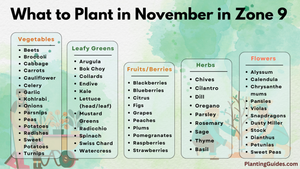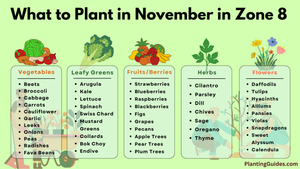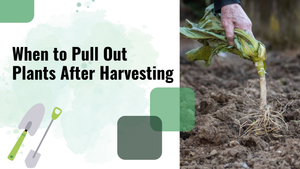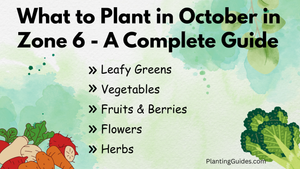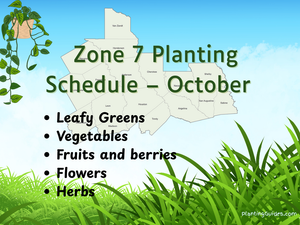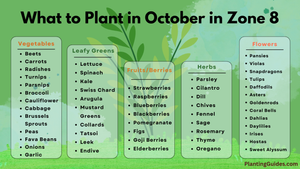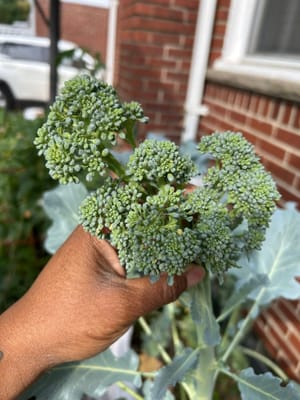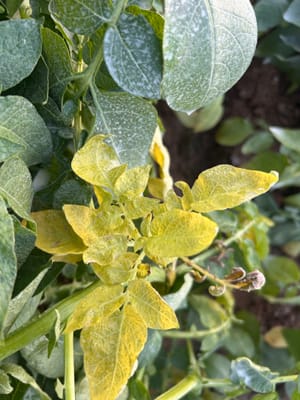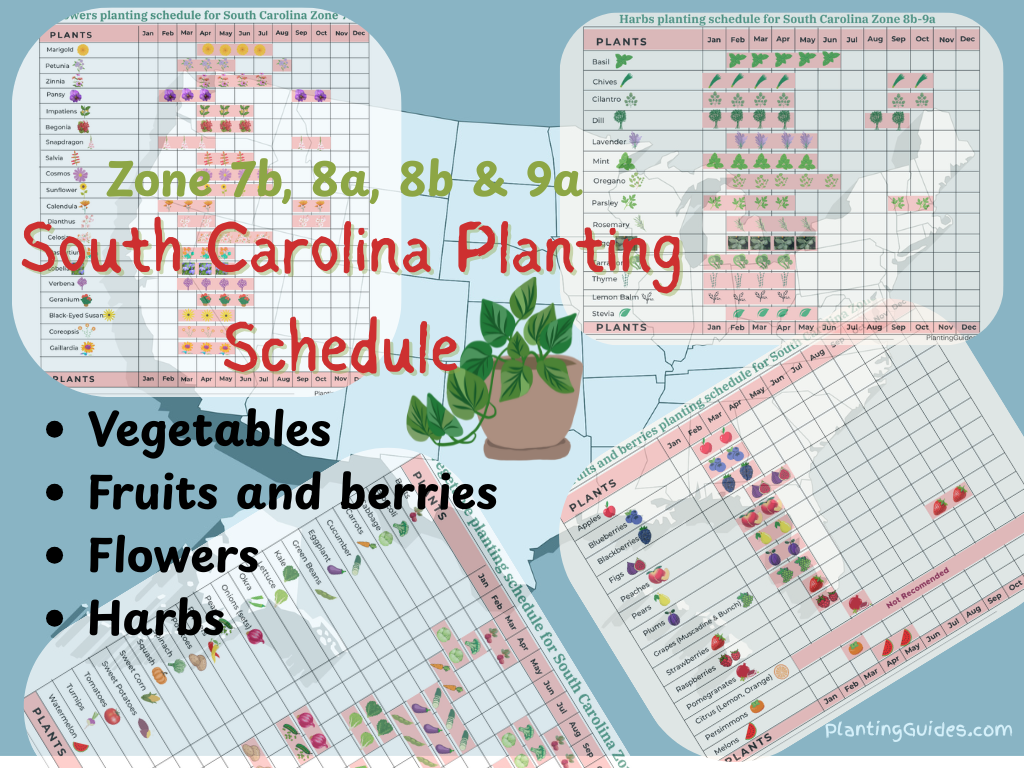
South Carolina is not a small state. It includes USDA Zone 7 to Zone 9. This planting schedule chart will help all the South Carolina gardeners find when to plant what, with planting methods.
Most of my relatives are from South Carolina, and they love gardening. I have gathered all their experiences (and mine's too) and put the information in an organized way in this chart.
This guide gives you a simple planting calendar for South Carolina’s different areas, including the easy-to-read tables and charts.
Understanding South Carolina’s Planting Zones
South Carolina’s weather is totally different depending on where you live, from the cooler mountains in the Upstate to the warm, sunny Coast. The state covers USDA Zones 7b, 8a, and 8b–9a, each with its own frost dates and temperatures. So it’s important to know your planting zone to get better results before you start gardening.
One request to my readers: It might take only a few minutes to read this article. But I have been creating these charts and cross-checking all the important details for a long time (probably a few months). If possible, subscribe to this site so that I can put more effort into bringing more helpful resources for South Carolina gardeners.
The table below lists South Carolina’s main planting zones, including average temperatures, the number of frost-free days, and the typical dates for the first and last frosts in each region.
| Zone | Region | Temperature (°F) | Avg. Frost-Free Days | First Frost | Last Frost |
|---|---|---|---|---|---|
| 7b | Upstate (Greenville, Spartanburg) | 5°F to 10°F | ~180 | Mid–October | Mid–April |
| 8a | Midlands (Columbia, Sumter) | 10°F to 15°F | ~220 | Late October | Early April |
| 8b–9a | Coastal (Charleston, Beaufort) | 15°F to 25°F | ~260–290 | Mid–November | Mid–March |
As you can see, people living in the Upstate have a shorter growing season because it gets colder there. But if you’re near the Coast, you’re lucky! You can plant earlier in the year and grow more types of plants because it stays warmer longer.
Vegetable Planting Schedule for South Carolina
South Carolina’s weather is awesome for growing all kinds of vegetables almost all year. From the cooler upstate regions to the warmer coastal areas, you can plant a bunch of different crops and have fresh, homegrown food every season.
Here, I have listed the top vegetables that grow better in South Carolina’s varied climate.
| Vegetable | Best Planting Time | Planting Method | Transplanting Time | Recommended Varieties by Zone | ||
|---|---|---|---|---|---|---|
| Zone 7b | Zone 8a | Zone 8b–9a | ||||
| Beets | Mar–Apr, Aug–Sep | Feb–Apr, Aug–Oct | Jan–Apr, Aug–Oct | Direct Seed | – |
7b: Detroit Dark Red 8a: Chioggia 8b–9a: Early Wonder Tall Top |
| Broccoli | Mar, Jul–Aug | Feb–Mar, Aug | Jan–Feb, Aug–Sep | Start Indoors / Transplant | 4–6 weeks before last frost / late summer |
7b: Waltham 29 8a: Green Magic 8b–9a: De Cicco, Gypsy |
| Cabbage | Feb–Mar, Jul–Aug | Jan–Mar, Aug | Jan–Feb, Aug–Sep | Start Indoors / Transplant | 5–7 weeks after sowing |
7b: Early Jersey Wakefield 8a: Stonehead 8b–9a: Savoy Perfection |
| Carrots | Mar–Apr, Aug | Feb–Apr, Aug–Sep | Jan–Apr, Aug–Sep | Direct Seed | – |
7b: Danvers 126 8a: Scarlet Nantes 8b–9a: Chantenay Red Core |
| Cucumber | Apr–Jun | Mar–Jun | Mar–Jul | Direct Seed / Start Indoors | 2–3 weeks after last frost |
7b: Marketmore 76 8a: Straight Eight 8b–9a: Diva, Ashley |
| Eggplant | Apr–Jun | Mar–Jun | Feb–Jul | Start Indoors | After last frost, soil > 60°F |
7b: Black Beauty 8a: Nadia 8b–9a: Long Purple, Rosa Bianca |
| Green Beans | Apr–Jul | Mar–Jul | Feb–Jul | Direct Seed | – |
7b: Provider 8a: Blue Lake Bush 8b–9a: Contender, Kentucky Wonder |
| Kale | Mar–Apr, Aug–Sep | Feb–Apr, Aug–Oct | Jan–Apr, Aug–Oct | Direct or Transplant | 4–6 weeks before last frost / fall |
7b: Winterbor 8a: Lacinato (Dino Kale) 8b–9a: Dwarf Blue Curled Vates |
| Lettuce | Mar–Apr, Sep | Feb–Apr, Sep–Oct | Jan–Apr, Sep–Oct | Start Indoors / Direct Seed | 3–5 weeks after sowing |
7b: Buttercrunch 8a: Romaine (Parris Island Cos) 8b–9a: Red Sails, Jericho (heat-tolerant) |
| Okra | May–Jul | Apr–Jul | Mar–Jul | Direct Seed | – |
7b: Clemson Spineless 8a: Emerald 8b–9a: Red Burgundy |
| Onions (sets) | Feb–Mar, Sep–Oct | Jan–Mar, Sep–Oct | Jan–Mar, Sep–Oct | Transplants or Sets | 2–4 weeks before last frost |
7b: Yellow Globe 8a: Texas Early Grano 8b–9a: Short Day (e.g. Red Creole, Vidalia-type) |
| Peas | Feb–Mar, Aug | Jan–Mar, Aug | Jan–Feb, Aug | Direct Seed | – |
7b: Little Marvel 8a: Sugar Snap 8b–9a: Wando |
| Peppers | Apr–Jun | Mar–Jun | Feb–Jun | Start Indoors | After last frost, soil > 60°F |
7b: California Wonder 8a: Jalapeño Early 8b–9a: Sweet Banana, Habanero |
| Potatoes | Feb–Mar | Jan–Mar | Jan–Feb | Seed Tubers | – |
7b: Kennebec 8a: Yukon Gold 8b–9a: Red Pontiac |
| Spinach | Mar, Sep–Oct | Feb–Apr, Sep–Oct | Jan–Apr, Sep–Oct | Direct Seed / Transplant | 4 weeks before last frost |
7b: Bloomsdale Long Standing 8a: Tyee (heat-resistant) 8b–9a: Space, Malabar (heat-tolerant alt.) |
| Squash | Apr–Jul | Mar–Jul | Feb–Jul | Direct Seed / Start Indoors | After last frost |
7b: Black Beauty Zucchini 8a: Yellow Crookneck 8b–9a: Tatume, Cocozelle |
| Sweet Corn | Apr–Jun | Mar–Jun | Feb–Jun | Direct Seed | – |
7b: Silver Queen 8a: Golden Bantam 8b–9a: Honey Select, Peaches & Cream |
| Sweet Potatoes | May–Jun | Apr–Jun | Mar–Jun | Slips (Root Sprouts) | When soil consistently > 65°F |
7b: Beauregard 8a: Georgia Jet 8b–9a: Centennial, Porto Rico |
| Tomatoes | Apr–Jun | Mar–Jun | Feb–Jun | Start Indoors | After last frost, hardened off |
7b: Better Boy 8a: Celebrity 8b–9a: Heatmaster, Solar Fire |
| Turnips | Mar–Apr, Aug–Sep | Feb–Apr, Aug–Sep | Jan–Apr, Aug–Oct | Direct Seed | – |
7b: Purple Top White Globe 8a: Just Right 8b–9a: Tokyo Cross |
| Watermelon | Apr–May | Mar–May | Feb–May | Start Indoors / Direct Seed | 2 weeks after last frost |
7b: Sugar Baby 8a: Crimson Sweet 8b–9a: Jubilee, Charleston Gray |
Some crops, like peas, carrots, and beets, you just plant directly in the soil. Others, like tomatoes, peppers, and eggplants, do better if you start them indoors and move them outside when it’s warm enough.
Visual chart of Vegetable Planting Schedule for South Carolina Zone 7b:
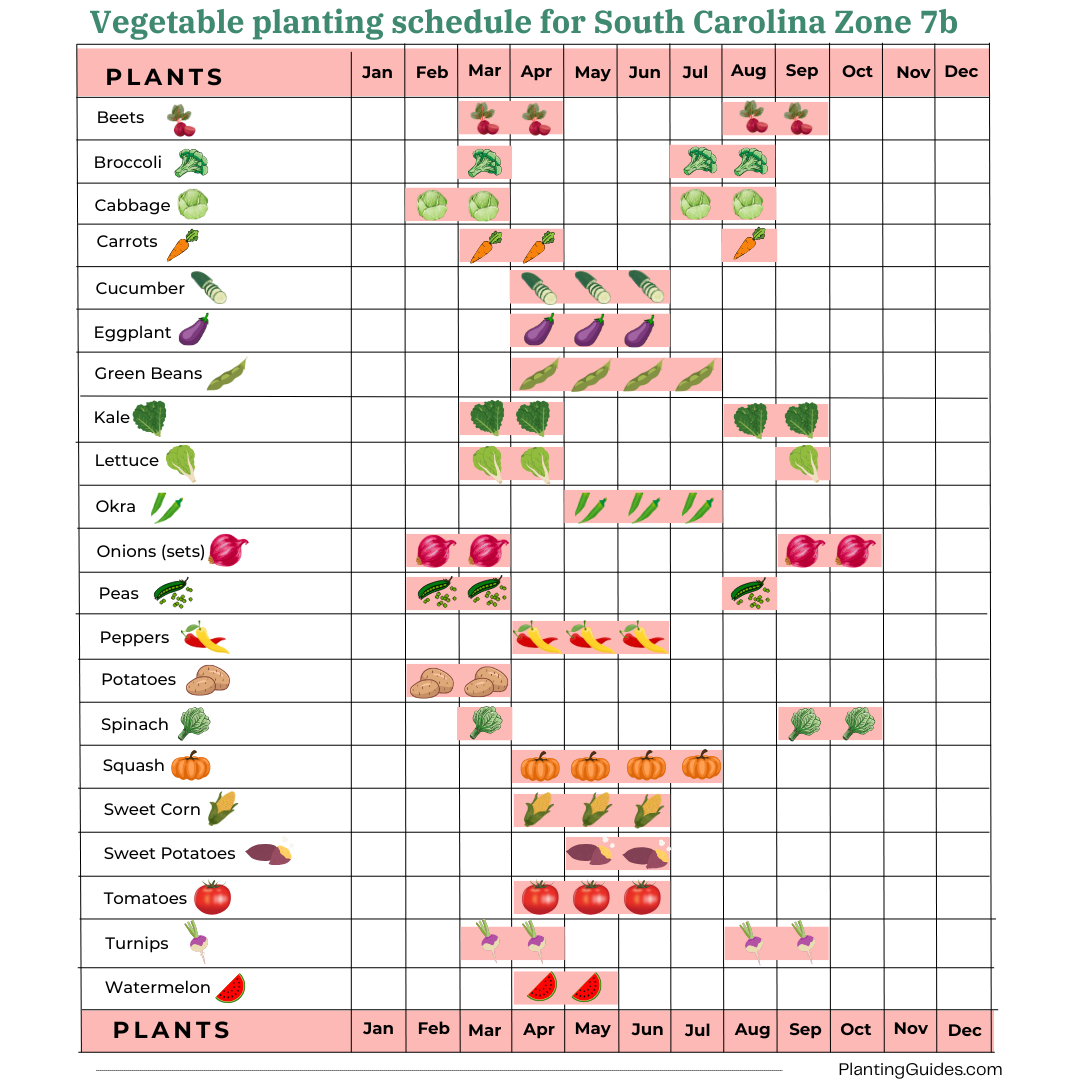
Visual chart of Vegetable Planting Schedule for South Carolina Zone 8a:
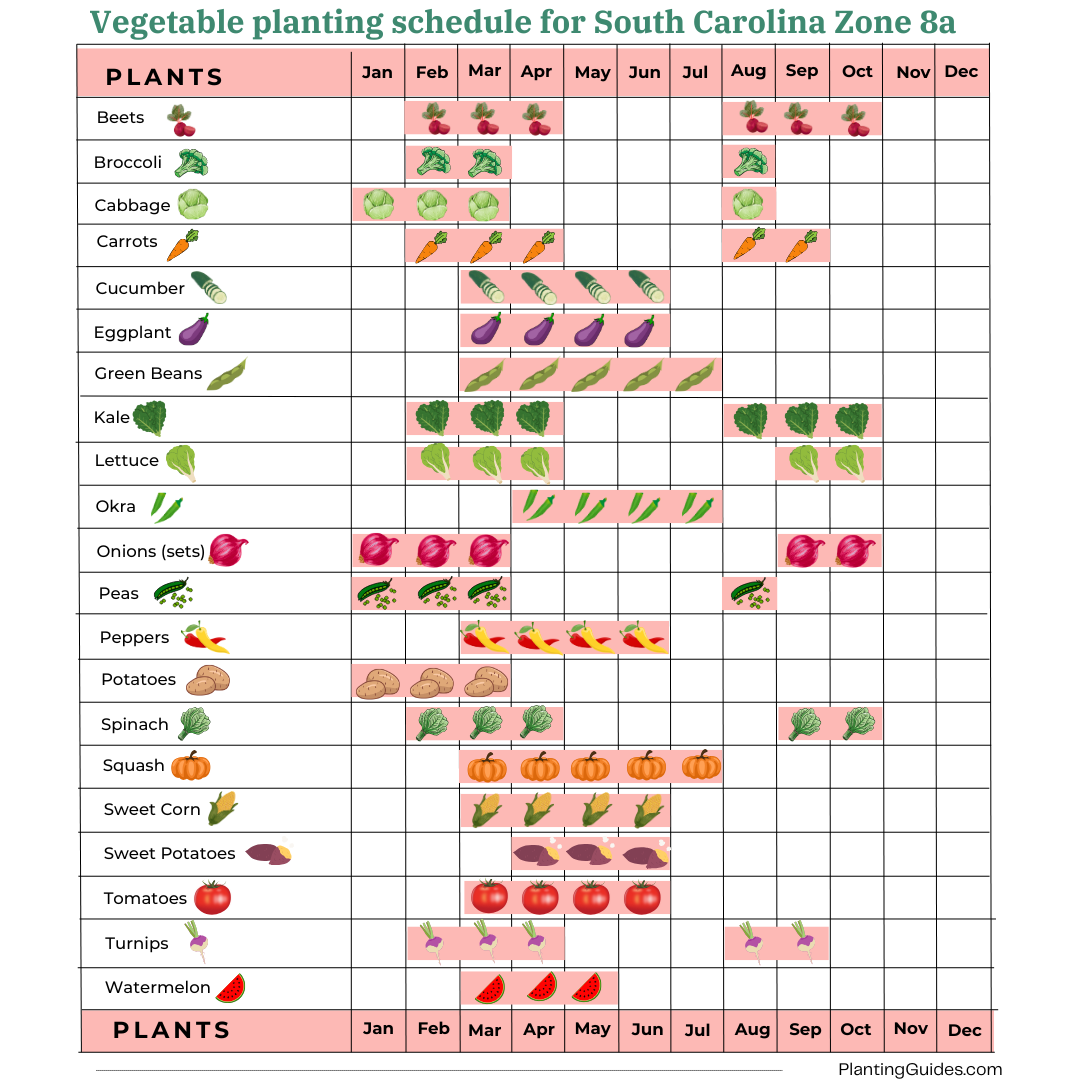
Visual chart of Vegetable Planting Schedule for South Carolina Zone 8b-9a:
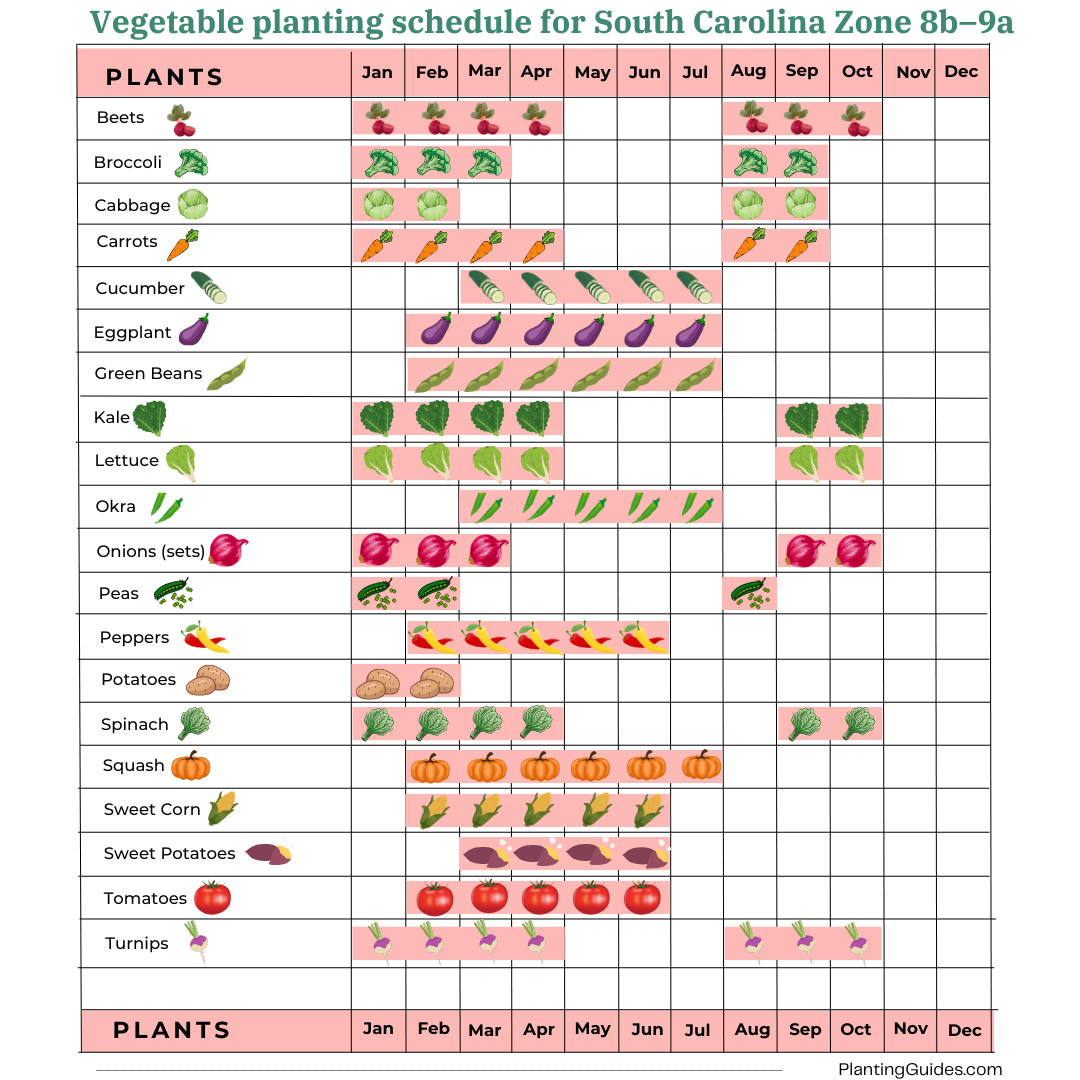
You can plant cool-season veggies like kale and broccoli in early spring. For warm-season crops like okra and sweet potatoes, wait until late spring or summer.
Fruits and berries planting schedule chart for South Carolina
South Carolina’s cool mix of weather makes it awesome for growing all kinds of fruit. If you’re thinking about a small backyard orchard or just adding a few fruit plants to your garden, knowing the best time to plant and how to take care of them is key to getting great results.
Below, I’ve listed some of the best fruit trees for South Carolina, including details like how big they grow, how long they live, and when you can expect them to start producing fruit.
| Fruit | Best Planting Time | Max Height | Lifespan / Productivity Period | Expected Harvesting Time (Days) | ||
|---|---|---|---|---|---|---|
| Zone 7b | Zone 8a | Zone 8b–9a | ||||
| Apples | Feb–Mar | Jan–Mar | Jan–Feb | 15–25 ft | 30–50 years / 3–5 years to fruit | 100–180 days after flowering |
| Blueberries | Feb–Mar | Jan–Mar | Nov–Feb | 4–6 ft | 20+ years / 2–3 years to fruit | 60–80 days after flowering |
| Blackberries | Feb–Mar | Jan–Mar | Dec–Feb | 3–6 ft (canes) | 10–15 years / 2 years to fruit | 60–70 days after flowering |
| Figs | Mar–Apr | Feb–Mar | Jan–Feb | 10–30 ft | 15–30 years / 1–2 years to fruit | 60–90 days after leafing |
| Peaches | Feb–Mar | Jan–Feb | Jan | 12–15 ft | 10–20 years / 2–4 years to fruit | 90–150 days after flowering |
| Pears | Feb–Mar | Jan–Feb | Jan | 15–20 ft | 25–50 years / 3–5 years to fruit | 90–180 days after flowering |
| Plums | Feb–Mar | Jan–Feb | Jan | 12–20 ft | 15–20 years / 2–4 years to fruit | 80–160 days after flowering |
| Grapes (Muscadine & Bunch) | Feb–Mar | Jan–Mar | Dec–Feb | 10–20 ft (vines) | 25–50 years / 2–3 years to fruit | 100–120 days after bud break |
| Strawberries | Mar (spring), Sep–Oct (fall) | Feb–Mar, Sep | Jan–Mar, Oct | 8–10 in | 3–5 years / fruit in first year | 30–45 days after flowering |
| Raspberries | Mar | Feb–Mar | Feb | 3–5 ft | 5–10 years / 2 years to fruit | 60–70 days after flowering |
| Pomegranates | Apr (if protected) | Mar | Feb–Mar | 6–10 ft | 15–20 years / 2–3 years to fruit | 180–210 days after flowering |
| Citrus (Lemon, Orange) | Not recommended | Apr (pots, protected) | Mar–Apr | 10–25 ft | 20–50 years / 2–3 years to fruit | 180–240 days after flowering |
| Persimmons | Mar | Feb–Mar | Feb | 20–30 ft | 30–60 years / 3–5 years to fruit | 150–210 days after flowering |
| Melons (Cantaloupe, Watermelon) | Apr–May | Mar–May | Feb–Apr | 1–2 ft (vines spread) | Annual / Harvest in same year | 70–100 days after sowing |
Some fruits, like strawberries and melons, grow quickly and can be harvested in just a few months. Others, like apples and pears, take a couple of years to start giving fruit, but once they do, they keep going for a long time.
Visual chart of Fruits and berries Planting Schedule for South Carolina Zone 7b:
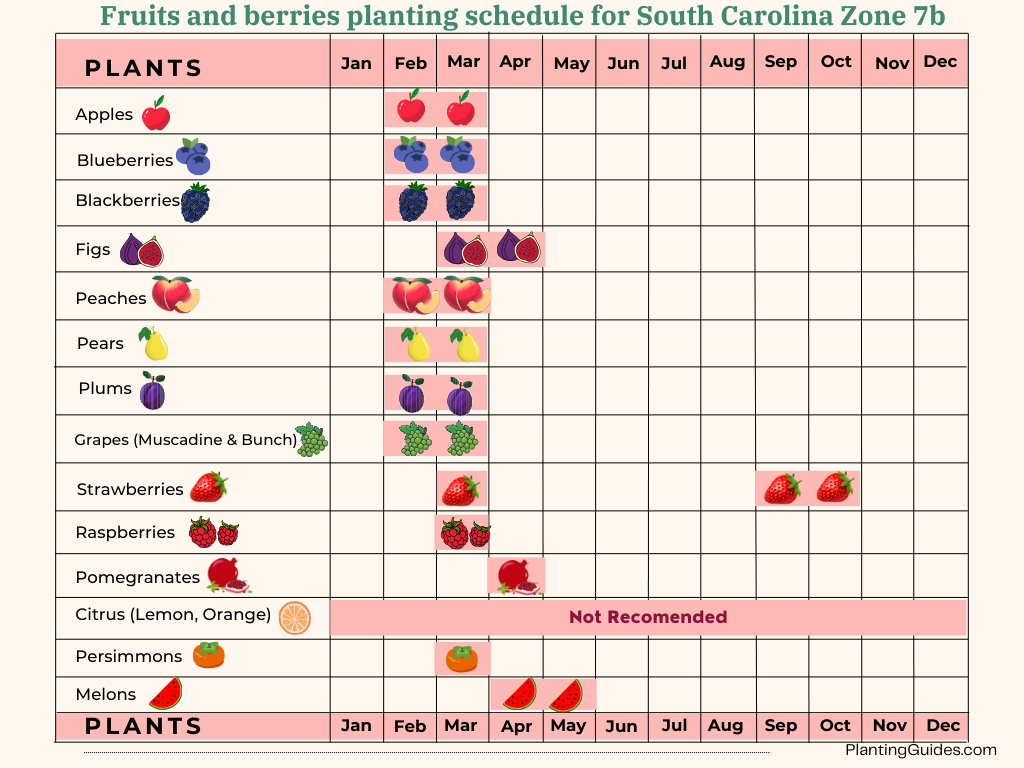
Visual chart of Fruits and berries Planting Schedule for South Carolina Zone 8a:
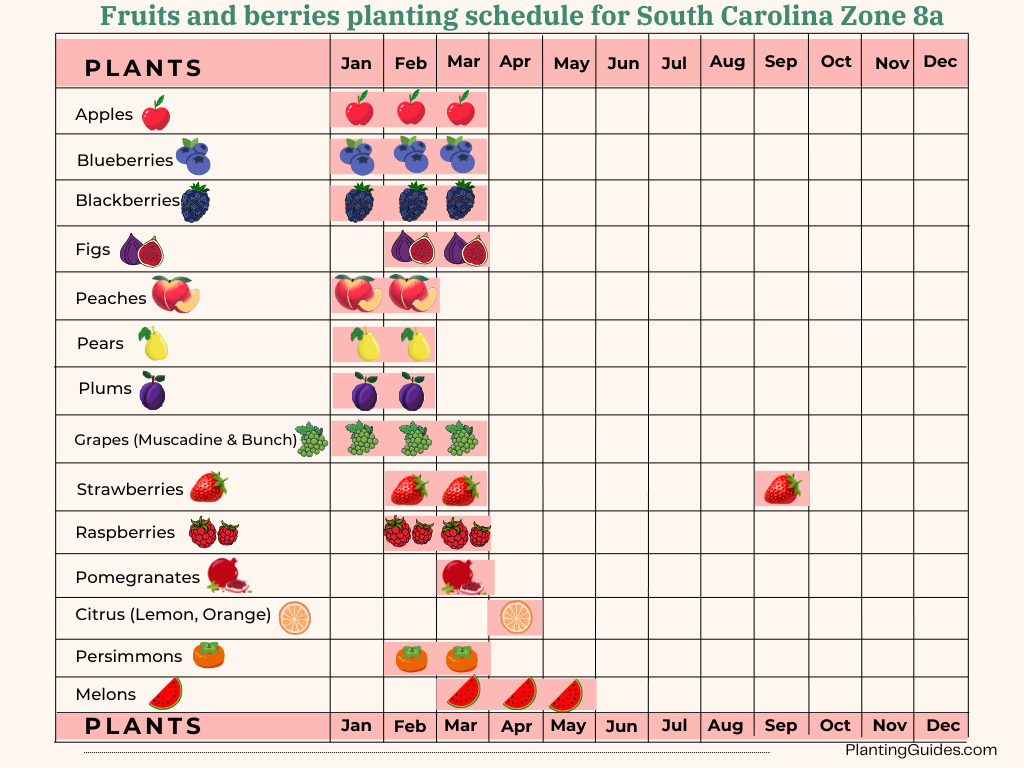
Visual chart of Fruits and berries Planting Schedule for South Carolina Zone 8b-9a:
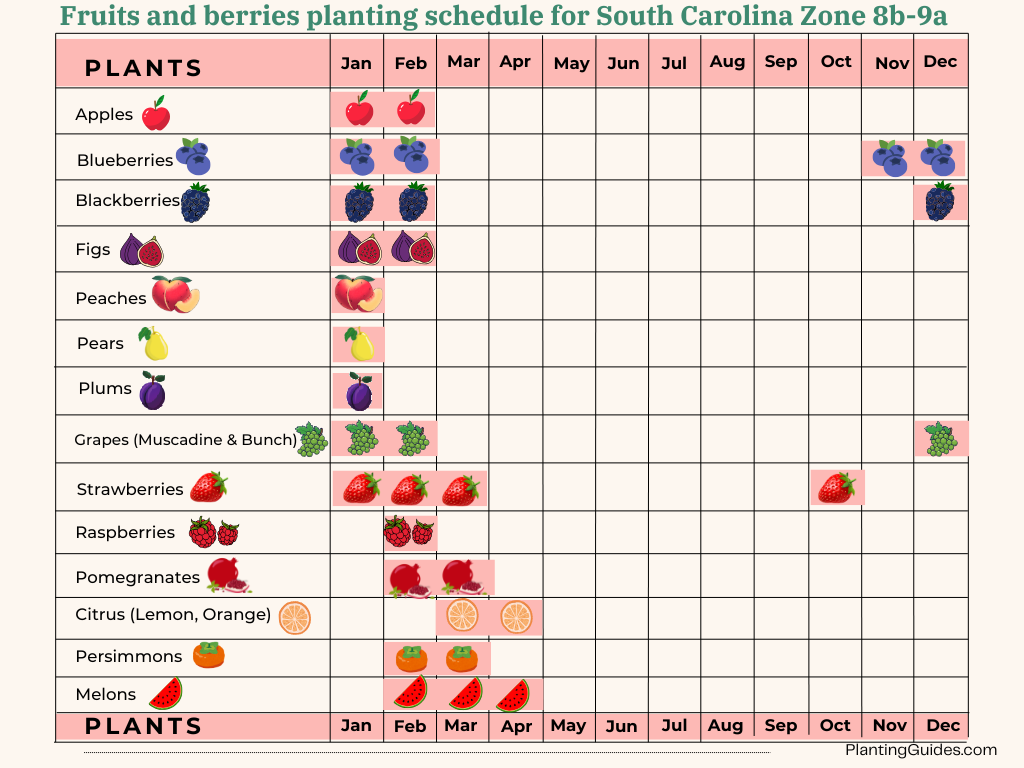
No matter if you’ve got a tiny garden or a big backyard, there’s a fruit tree or plant that’s perfect for you.
Flowers Planting Schedule for South Carolina
South Carolina’s warm winters and long growing seasons are perfect for flower gardening. You can plant annuals for bright seasonal color or perennials for long-lasting beauty, but the timing is everything.
Below, you’ll find a complete South Carolina flower planting schedule, categorized by zone, with helpful details like planting method, transplanting time, and Blooming Time.
| Flower Name | Best Planting Time | Planting Method | Transplanting Time | Blooming Time (Days After Planting) | Perennial or Annual | ||
|---|---|---|---|---|---|---|---|
| Zone 7b | Zone 8a | Zone 8b–9a | |||||
| Marigold | Apr–Jul | Mar–Jul | Feb–Jul | Direct Seed/Transplant | After last frost | 50–60 days | Annual |
| Petunia | Mar–May, Aug | Feb–May, Sep | Jan–May, Sep | Start Indoors or Transplant | 4–6 weeks before frost | 60–90 days | Annual |
| Zinnia | Apr–Jul | Mar–Jul | Feb–Jul | Direct Seed | – | 60–70 days | Annual |
| Pansy | Feb–Apr, Sep–Oct | Jan–Apr, Sep–Oct | Jan–Mar, Oct–Nov | Transplant | Early spring/fall | 70–85 days | Annual (Cool Season) |
| Impatiens | Apr–Jun | Mar–Jun | Feb–Jun | Start Indoors/Transplant | After last frost | 80–90 days | Annual |
| Begonia | Apr–Jun | Mar–Jun | Feb–Jun | Transplant or Indoor Start | After last frost | 60–70 days | Tender Perennial |
| Snapdragon | Feb–Apr, Sep–Oct | Jan–Apr, Sep–Oct | Jan–Mar, Sep–Nov | Transplant/Indoor Start | 6–8 weeks before frost | 85–100 days | Annual (Cool Season) |
| Salvia | Apr–Jun | Mar–Jun | Feb–Jun | Start Indoors / Transplant | After last frost | 70–85 days | Perennial (Some Annuals) |
| Cosmos | Apr–Jul | Mar–Jul | Feb–Jul | Direct Seed | – | 60–75 days | Annual |
| Sunflower | Apr–Jul | Mar–Jul | Feb–Jul | Direct Seed | – | 70–90 days | Annual |
| Calendula | Feb–Apr, Sep–Oct | Jan–Apr, Sep–Nov | Jan–Apr, Oct–Nov | Direct Seed/Transplant | Early spring/fall | 55–65 days | Annual (Cool Season) |
| Dianthus | Mar–Apr, Sep–Oct | Feb–Apr, Sep–Oct | Jan–Apr, Oct | Transplant/Indoor Start | Spring / fall | 70–90 days | Biennial/Perennial |
| Celosia | Apr–Jul | Mar–Jul | Feb–Jul | Direct Seed/Transplant | After last frost | 60–75 days | Annual |
| Nasturtium | Mar–May | Feb–May | Jan–May | Direct Seed | – | 50–60 days | Annual |
| Lobelia | Mar–May | Feb–May | Jan–May | Transplant Preferred | After last frost | 60–80 days | Annual |
| Verbena | Mar–Jun | Feb–Jun | Jan–Jun | Transplants/Indoor Start | After last frost | 85–100 days | Perennial (Treated as Annual) |
| Geranium | Apr–Jun | Mar–Jun | Feb–Jun | Start Indoors/Transplant | After last frost | 90–120 days | Tender Perennial |
| Black-Eyed Susan | Mar–May | Feb–May | Jan–May | Direct Seed/Transplant | Spring or fall | 100–120 days | Perennial |
| Coreopsis | Mar–May | Feb–May | Jan–May | Direct Seed/Transplant | Spring or fall | 90–110 days | Perennial |
| Gaillardia | Mar–May | Feb–May | Jan–May | Direct Seed/Transplant | Spring | 70–90 days | Perennial |
Check your USDA zone (7b, 8a, or 8b/9a) to plant at the right moment and keep your garden glowing all year.
Visual chart of Flowers Planting Schedule for South Carolina Zone 7b:
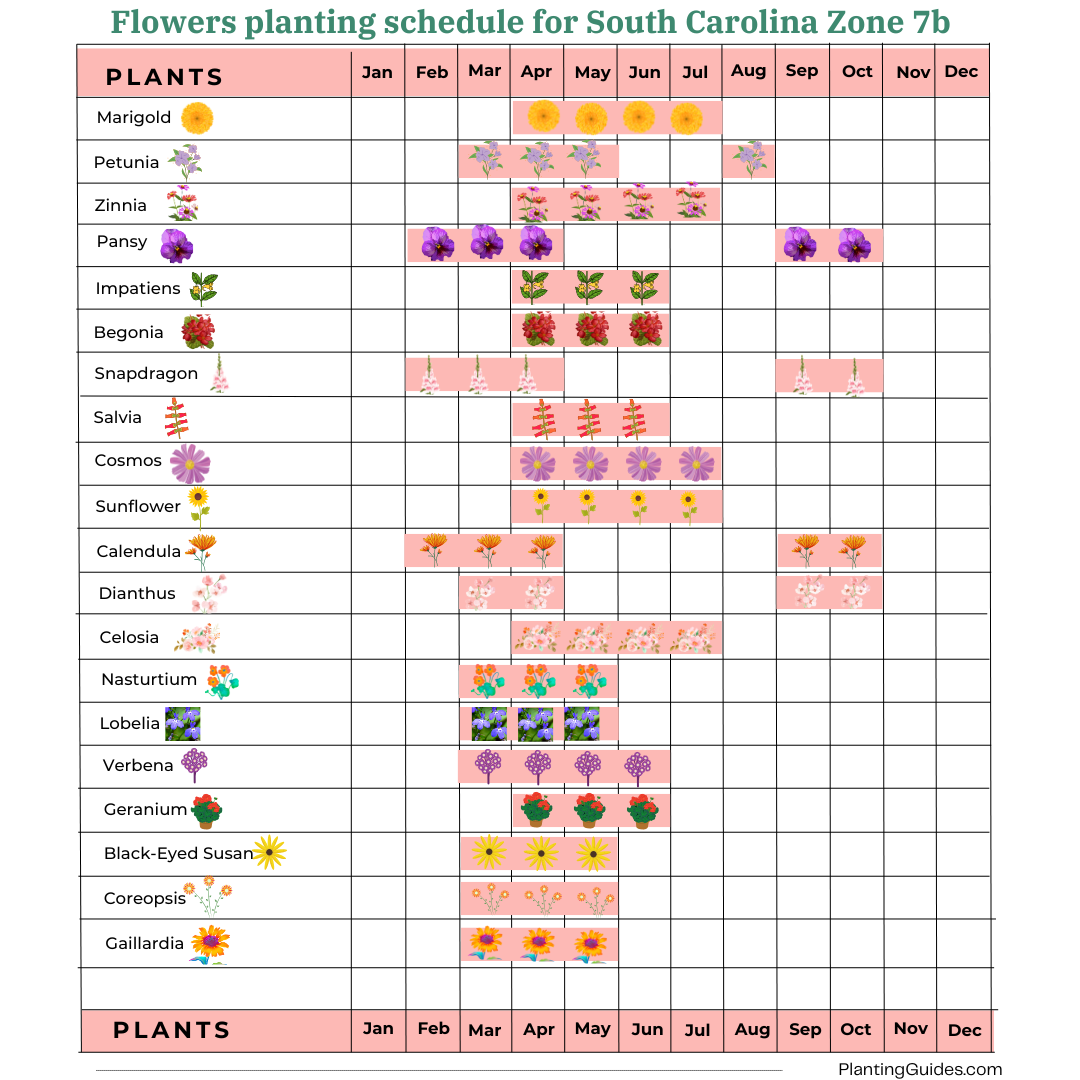
Visual chart of Flowers Planting Schedule for South Carolina Zone 8a:
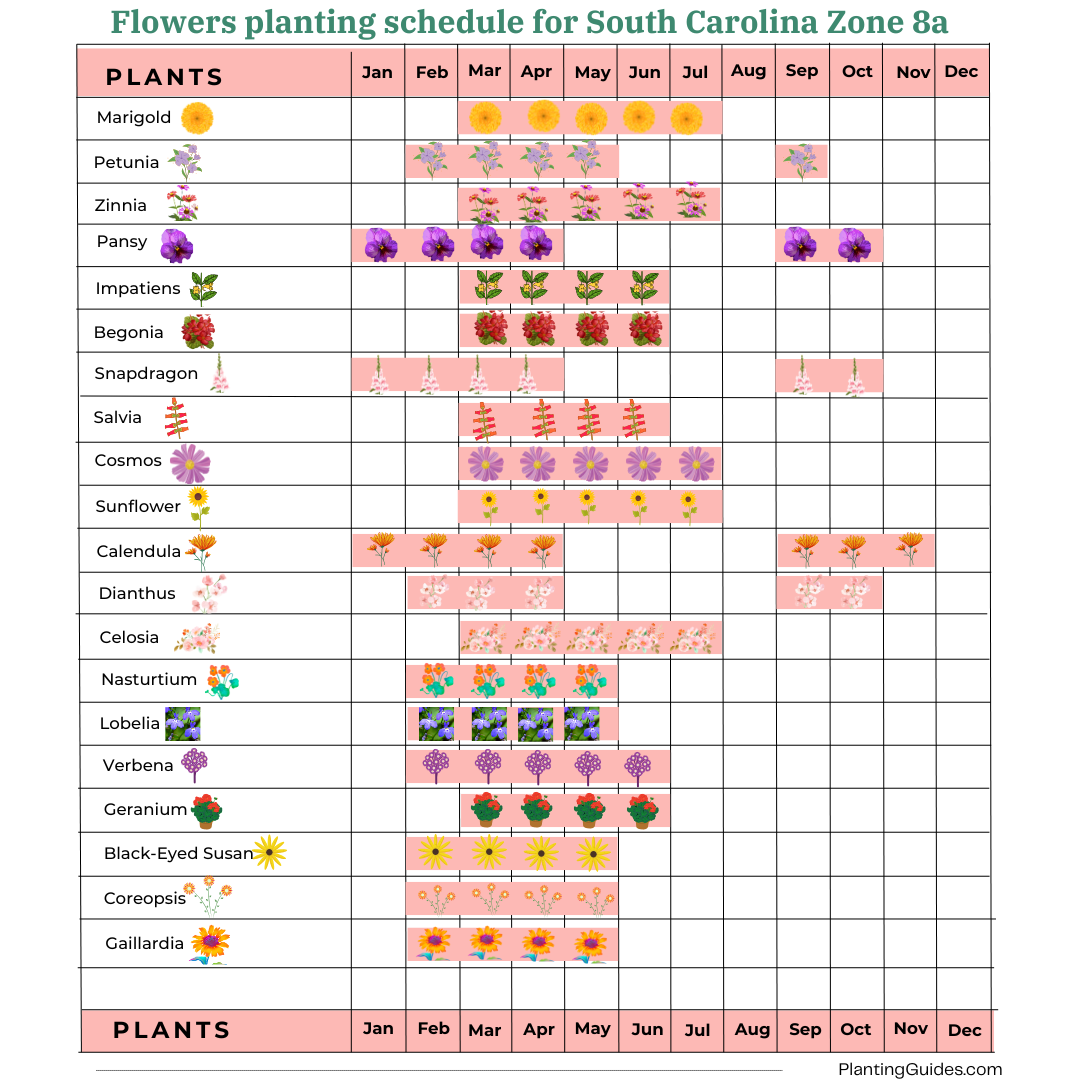
Visual chart of Flowers Planting Schedule for South Carolina Zone 8b-9a:
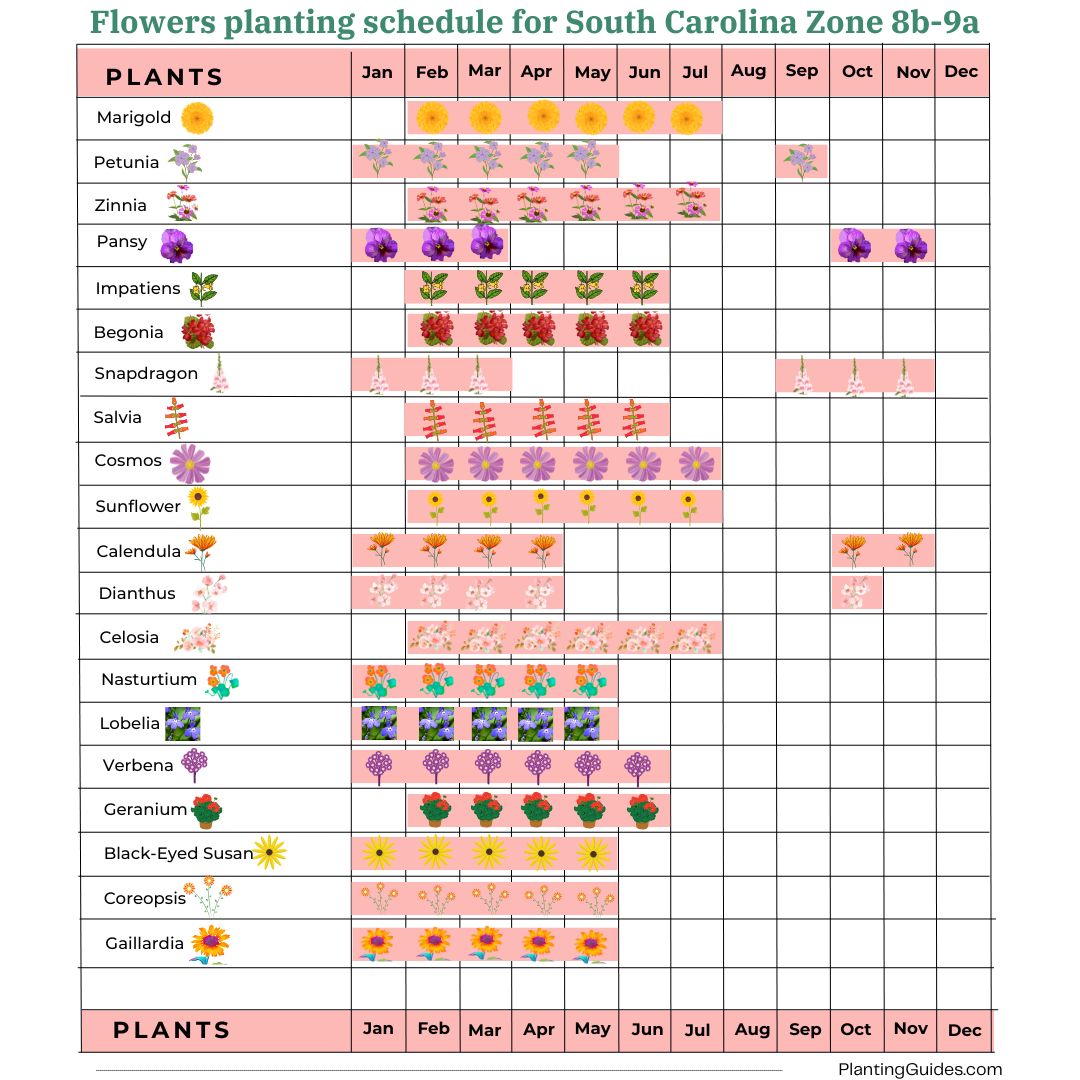
For direct-seeded flowers like Zinnia and Sunflower, days are counted from planting the seed in the ground, while for transplanted flowers like Petunia and Pansy, days are counted from transplanting the seedling into the garden, not from sowing seeds indoors.
With this detailed planting calendar, South Carolina gardeners can confidently choose the right flowers for every season.
Best Herbs to Plant in South Carolina
South Carolina's weather is also awesome for growing all kinds of herbs all year. But choosing the right planting time and knowing the best planting method is important to grow healthy and strong herbs.
This table shows the best times to plant, the easiest planting methods, and the perfect transplanting periods for growing popular herbs.
| Herb | Best Planting Time | Planting Method | Transplanting Time | ||
|---|---|---|---|---|---|
| Zone 7b | Zone 8a | Zone 8b–9a | |||
| Basil | Apr–Jun | Mar–Jun | Feb–Jun | Start Indoors / Direct Seed | After last frost |
| Chives | Mar–Apr, Sep | Feb–Apr, Sep–Oct | Jan–Apr, Sep–Oct | Start Indoors / Direct Seed | 4–6 weeks after sowing |
| Cilantro | Mar–Apr, Sep–Oct | Feb–Apr, Sep–Oct | Jan–Apr, Sep–Oct | Direct Seed | – |
| Dill | Mar–Apr, Aug–Sep | Feb–Apr, Aug–Sep | Jan–Apr, Aug–Sep | Direct Seed | – |
| Lavender | Apr–May | Mar–May | Feb–May | Start Indoors / Transplant | After last frost |
| Mint | Mar–May | Feb–May | Jan–May | Transplants / Direct Rooting | Early Spring |
| Oregano | Apr–Jun | Mar–Jun | Feb–Jun | Start Indoors / Transplant | After last frost |
| Parsley | Mar–Apr, Sep | Feb–Apr, Sep–Oct | Jan–Apr, Sep–Oct | Start Indoors / Direct Seed | 5–7 weeks after sowing |
| Rosemary | Apr–May | Mar–May | Feb–May | Start Indoors / Transplant | After last frost |
| Sage | Apr–May | Mar–May | Feb–May | Start Indoors / Transplant | After last frost |
| Tarragon | Mar–Apr | Feb–Apr | Jan–Apr | Transplants / Root Cuttings | Spring after last frost |
| Thyme | Mar–Apr | Feb–Apr | Jan–Apr | Start Indoors / Direct Seed | 5–7 weeks after sowing |
| Lemon Balm | Mar–Apr | Feb–Apr | Jan–Apr | Start Indoors / Direct Seed | After last frost |
| Chamomile (German) | Mar–Apr | Feb–Apr | Jan–Apr | Start Indoors / Direct Seed | Spring, after light frost |
| Stevia | Apr–May | Mar–May | Feb–May | Start Indoors / Transplant | After last frost |
Visual chart of Herbs Planting Schedule for South Carolina Zone 7b:
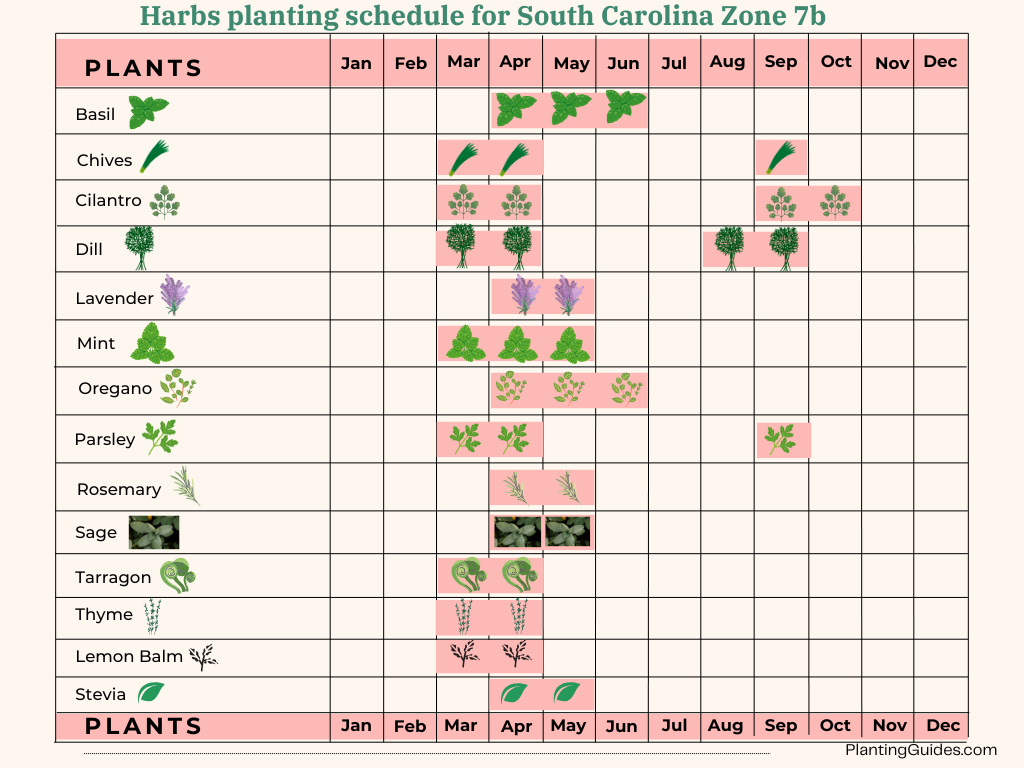
Visual chart of Herbs Planting Schedule for South Carolina Zone 8a:
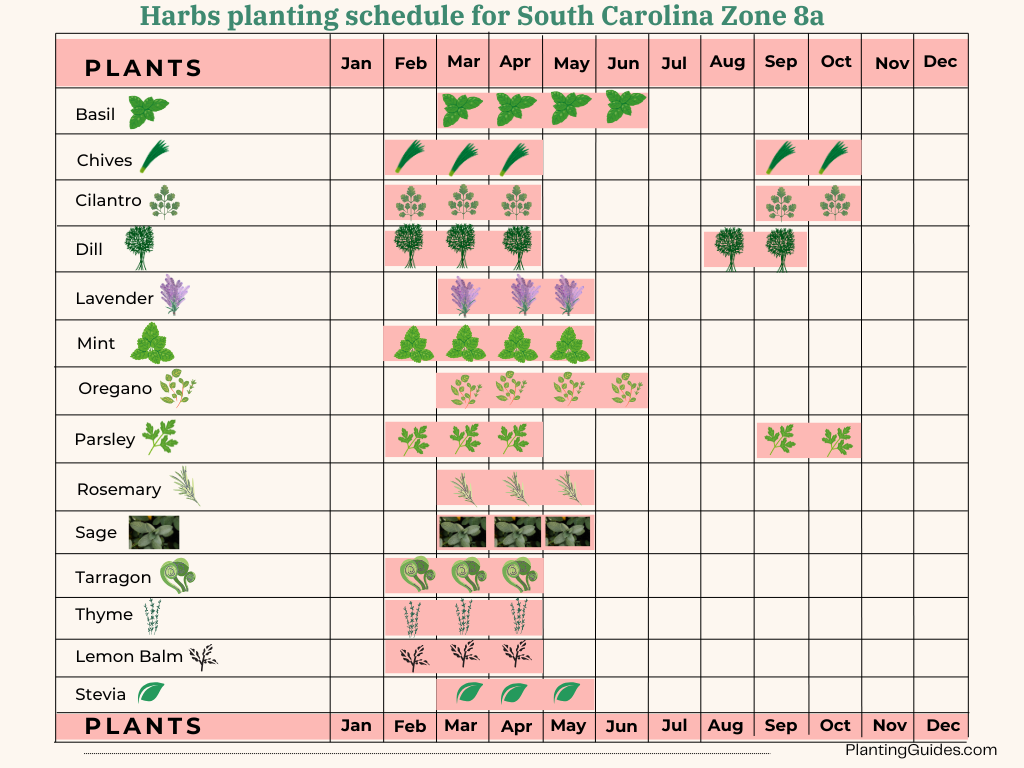
Visual chart of Herbs Planting Schedule for South Carolina Zone 8b-9a:
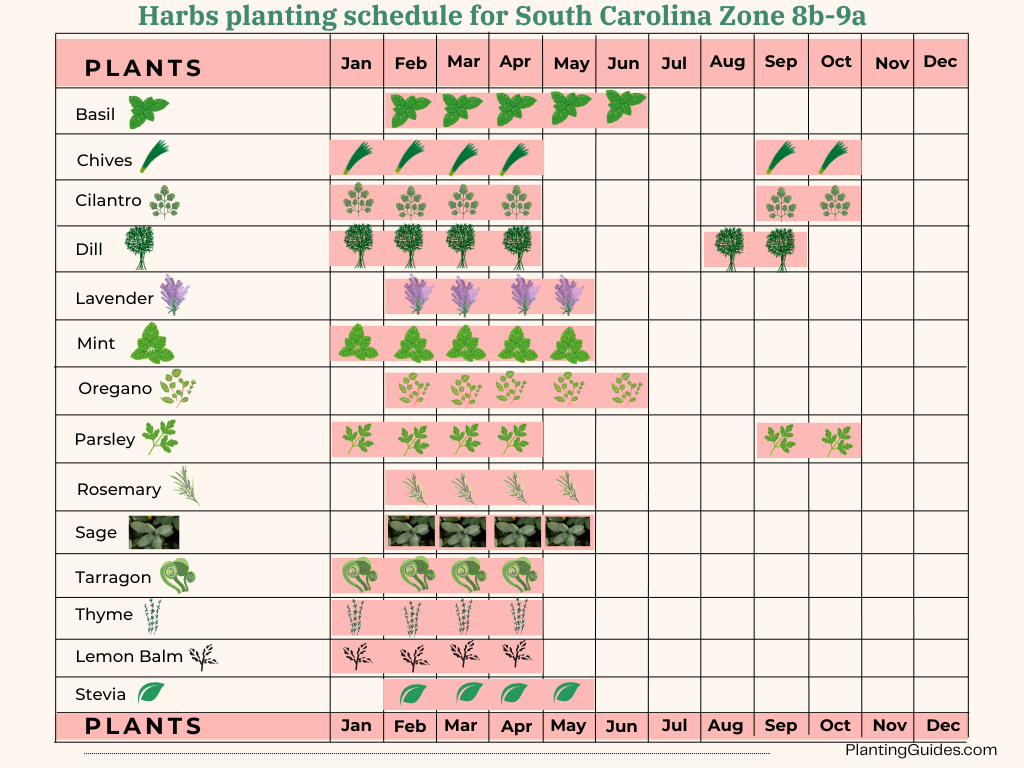
Always plan to plant your herbs based on your local frost dates. Soft herbs like basil and stevia can’t handle frost at all.
Before you plant your seedlings outside, get them ready for 7–10 days by slowly introducing them to the outdoor vibe.
Wait to transplant basil, rosemary, lavender, and oregano until the soil stays above 60°F all the time.
Plant herbs with some space around them for air circulation. This keeps them from getting sick. Most herbs need 6–8 hours of sunlight each day to grow well.
Always harvest your herbs early in the morning after the dew is gone but before the sun gets too hot for the tastiest flavor.
